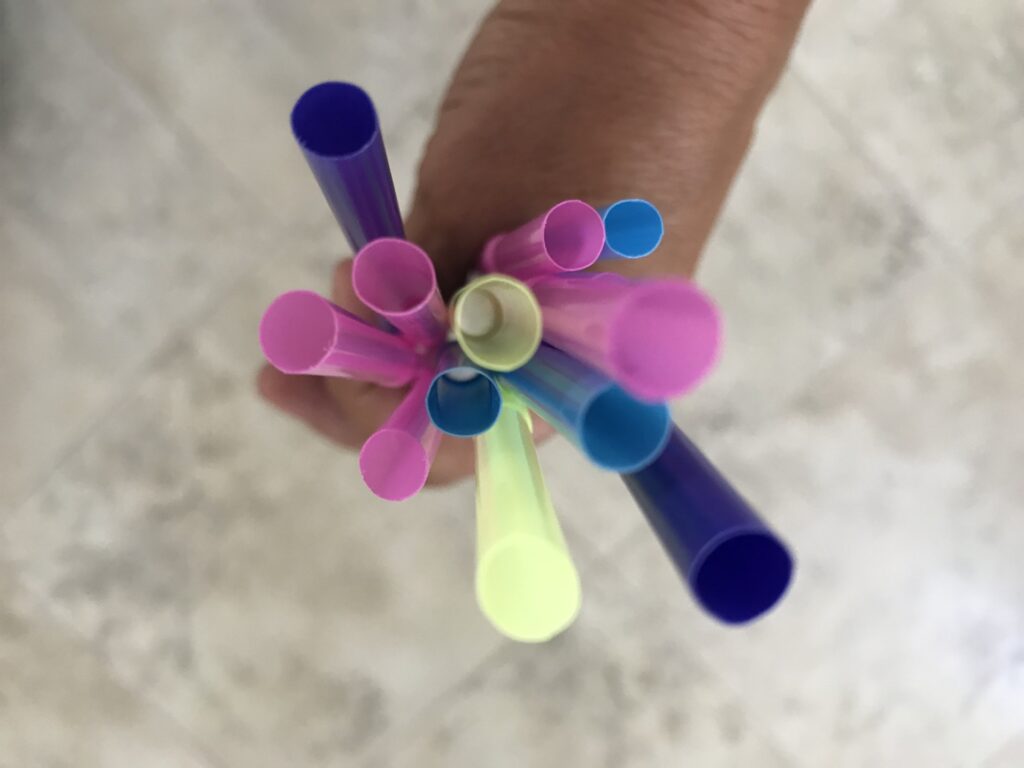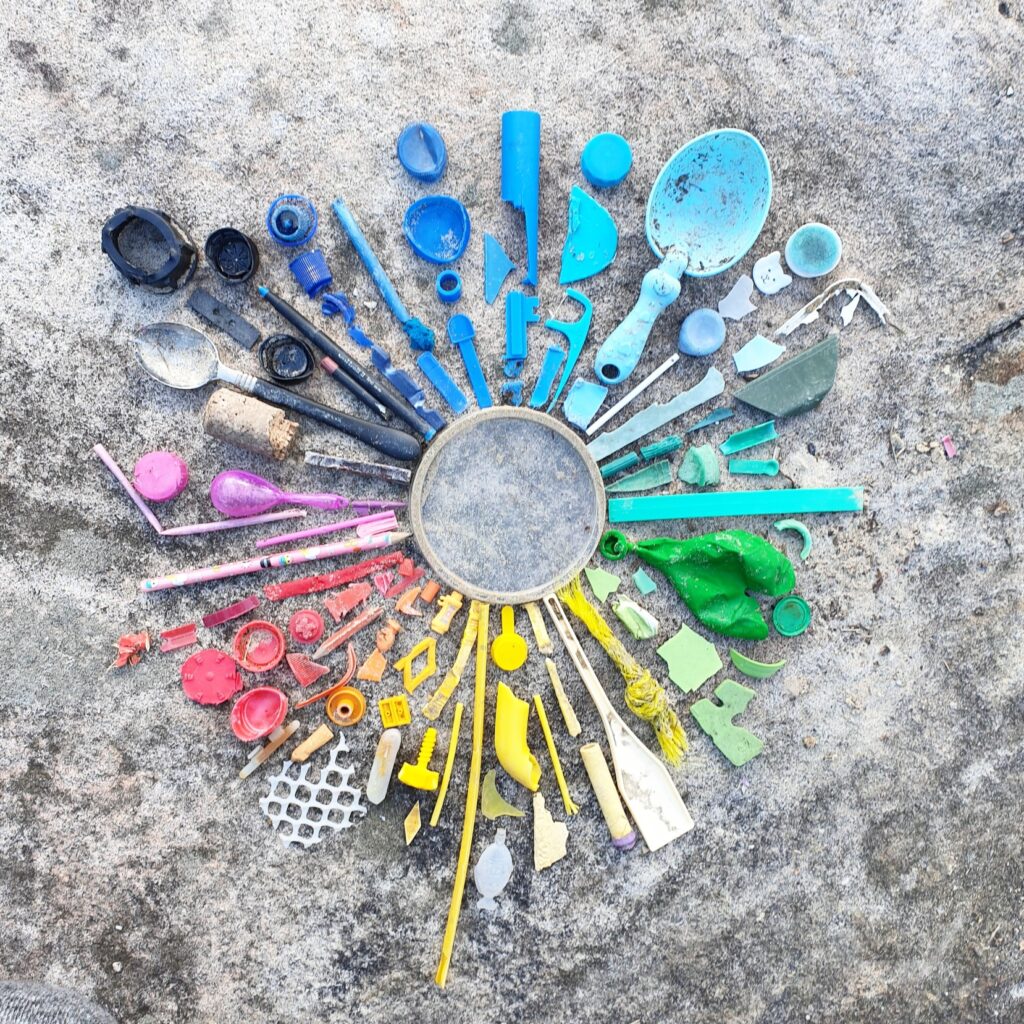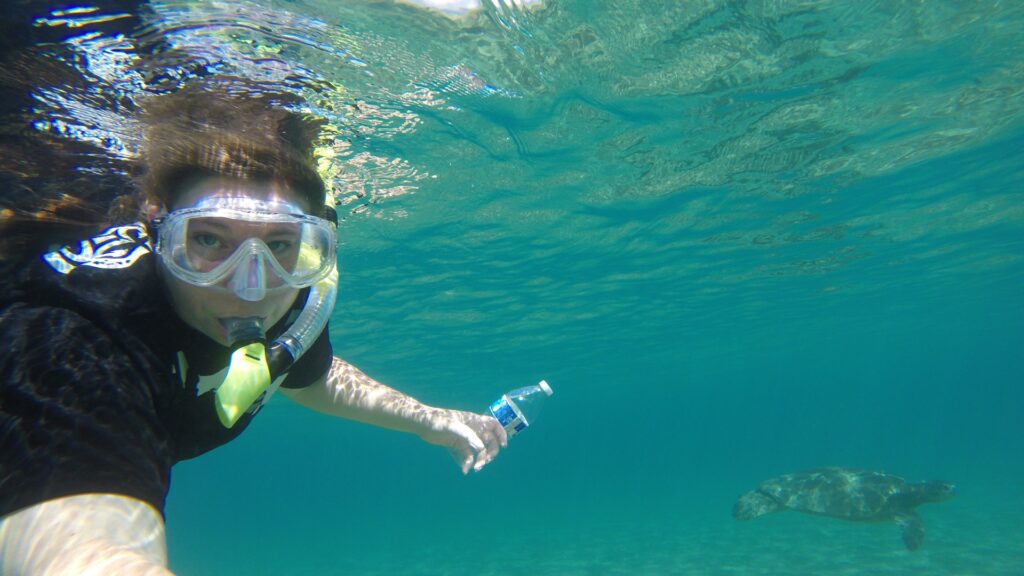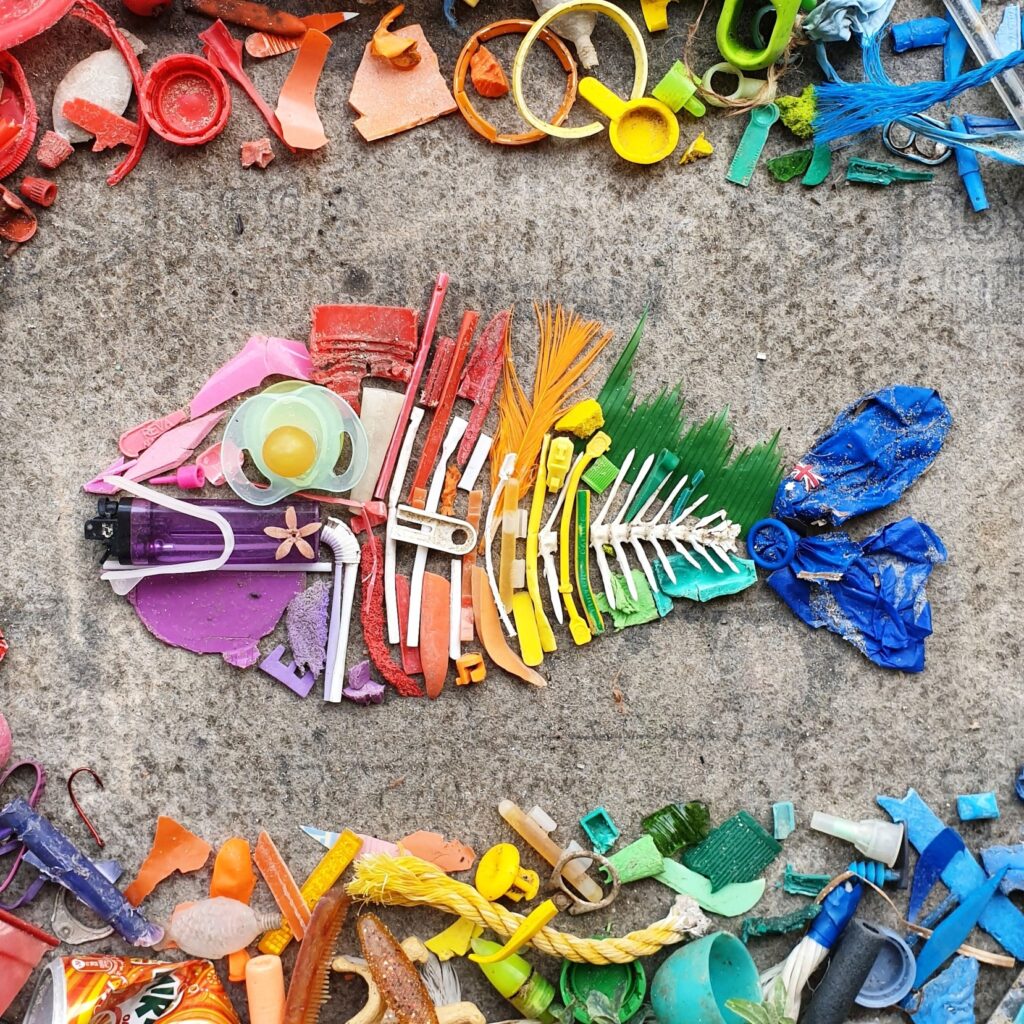How long did you use your coffee stirrer this morning?
Less than 5 minutes, but it will persist in our environment for 100’s of years!
The best environmentally friendly product is the one you didn’t buy.
What are the Plastics?
Plastics are a wide range of synthetic or semi-synthetic organic compounds that are malleable—a large number of household items made from various types of plastics.
What is Plastic pollution?
Plastic pollution is the accession of plastic objects and particles in the Earth’s environment that adversely affects wildlife, wildlife habitat, and humans.
What Are Single-Use Plastics?
Single-use plastics or disposable plastics are manufactured primarily from fossil fuel-based chemicals (petrochemicals) and are meant to be disposed of immediately after use—often, in mere minutes. Single-use plastics are used mainly for packaging and service ware, such as bottles, wrappers, straws, and bags. The average use period is less than six months, often less than 6 minutes. Single-use plastic is a part of everyone’s life and will continue to weave its way deep into our lives.
Plastic invented in the mid-19th century gained popularity in the 1970s. The lighter, durable, and affordable plastic replaced traditional paper or glass staples. For example, Plastic jugs replaced milk jars. Plastic forks, knives, shopping bags, coffee cup lids, water bottles, and straws are examples of single-use plastic.

Why Is Single-Use Plastic Bad?
Worldwide, 300 million tons of plastic are produced each year, half of which comprises single-use items, which almost equals the weight of the population of humankind. As per a report, only nine percent of the world’s nine billion tonnes of plastic got recycled. A significant portion of the plastic ends up in landfills, oceans, flora, and fauna. Plastics are non-degradable. Instead, they slowly break down into small pieces of plastic called microplastics. These microscopic plastic fragments, less than 5 millimeters long, are hard to dig out—and can be found far and wide. Some microplastics are tiny by design and size, like the microbeads used in beauty products or the microfibers in the clothing industry. These microplastics end up in the water, get eaten by wildlife, and inside our bodies. Microplastics can be particularly dangerous; when ingested, they can quickly pile up in an animal’s body and seed health issues, like punctured organs or fatal intestinal blockages. Plastic products take a thousand years to decompose. In the meantime, it contaminates to decompose our soil and water. The toxic chemicals used for manufacturing plastic get transferred to animal tissue, thus entering the human food chain.
Single-use plastic is responsible for half of all plastic waste in the world and contributes to a whopping 8 million tonnes of new plastic entering our oceans each year. When plastic is recycled more frequently, it reduces footprint.
A whopping 91 percent of Polyethylene terephthalate, the material that makes up most water and soda bottles, isn’t recycled and ends up in landfills or the environment. Small items like straws, bags, and cutlery, which are single-use plastics—are difficult to recover as they fall into the cracks of recycling machinery and are often not accepted by recycling centers.

Further, single–use plastic products have been enlisted in the fight against food waste, keeping food and water fresher longer, and reducing the potential for contamination. Plastic is the material of choice for these types of products because of its safety, flexibility, and cost-effectiveness.
Forty percent of plastic produced is packaging, used just once, and then discarded. Forty percent of plastic produced is packaging, used only once, and then discarded.
Need to put Ban on Single-Use Plastics?
Plastic is a significant cause of environmental pollution. Plastic, as a substance, is known biodegradable, and products like plastic bags remain in the environment 400 years, polluting it immensely. It’s essential to ban plastic before they ruin our planet entirely. They are destroying nature due to their harmful effects and are the leading cause of land pollution today. When they enter the water body, it leads to water pollution. Once a revolutionary invention, plastic is now filling up our oceans and killing thousands of whales, birds, turtles. Animals unknowingly consume plastic particles and their food because of which untimely deaths of animals are on the rise. The production of plastic products releases many toxic chemicals, which is the primary cause of chronic diseases and illnesses. The polluted environment is the primary reason for various chronic diseases that are spreading quickly in human beings.

What’s the solution
To avoid this waste, we must reduce our demand for single-use plastic.
Tips for eliminating your life (and your community) of single-use plastics are as follows-
- Always carry a reusable bag like a jute bag when you step out of the house. Also, carry cloth bags inside your handbag for any unplanned shopping. Carry your water bottle whenever you step out. Reusable totes and bottles are better for the environment than plastics.
- Cook more often and reduce home delivery for food, to reduce your use of plastic-heavy takeout containers.
- Buy in bulk. Avoid packaged goods individually, like snacks packets.
- Comparatively, buying online sometimes has a lower carbon footprint than shopping in a store; online shipments are still massively full of plastic. Alternatively, you could walk, ride a bike, or take public transit to buy in-person for reducing your footprint and plastic waste.
- Eliminate plastic wrap by storing leftovers in reusable containers. Try reusable and glass jars for an easy and decorative option.
- Buy a metal or reusable bamboo straw for sustainable eating.
- Converse with the owners of the restaurants you frequently visit. Demand for non-plastic alternatives to plastic straws, stirrers, or bags.
- Be vocal in support of local plastic bans.
Can we survive without plastic
Yes, it is possible to live without plastic though this might be difficult at first. In this plastic-filled world, avoiding plastic can be pretty challenging. We need to find reusable and sustainable alternatives. Plastic adds convenience to our lives, but it needs elimination for the future of our children and humankind.

Plastic-free alternatives:
- Stainless steel
- Glass
- Beeswax-coated cloth
- Natural fiber cloth
- Wood
- Bamboo
- Pottery and other ceramics
Let’s Lead the way to a plastic-free future
As you eliminate plastic from your life, you’re not only cutting your contribution to the waste stream; you’re modeling more sustainable living for those around you.



